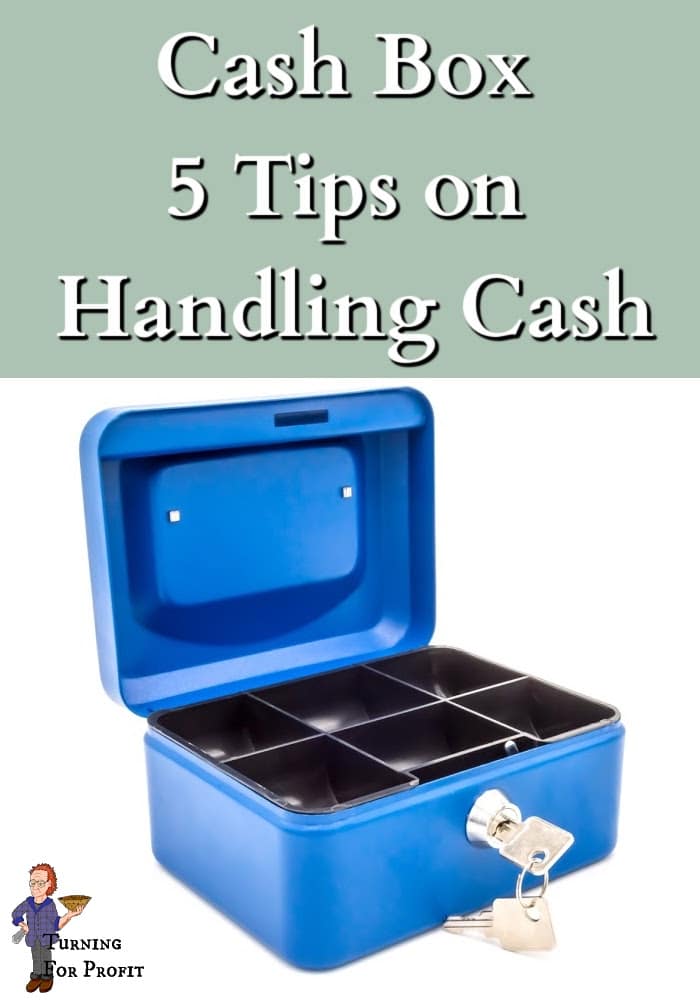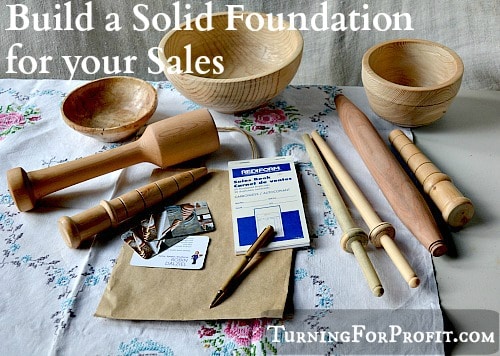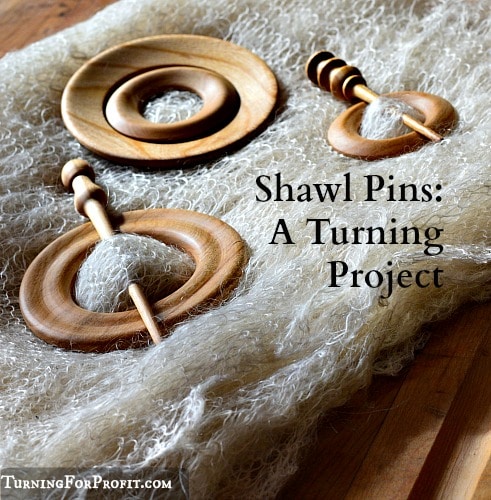How to play it safe with cash.
Handling a cash box at a trade show, farmers’ market, or craft fair is a fairly straight forward idea. You have cash so that you can make change with people buying your products. Follow these 5 tips and keeping your cash and making change will be easy.
1. Keep your cash box in one place.
I’m not going to tell you how to keep your cash safe. That is your job. Keep your cash in one, consistent, location. It will make your sales go a lot smoother. These are options that you can choose from.
– Keep the cash in your pockets and wallet
This option works if you are making a few transactions, and are open for business for a short time. You also have to be the only person doing cash transactions. If you are going to do this I would recommend that you count all of your cash, (coins and bills) prior to your event. This will allow you to do a reconciliation between your sales records and your cash balance at the end of the event.
The down side is keeping all the cash in your wallet and making change from your wallet as well. If you have more than a few sales the bulk from the bills and the challenge of finding the correct change will encourage you to try one of the other options below. If someone happens to steal your wallet not only do you lose the money from the event but you also lose all of your personal credit cards and information as well.
– Keep the cash in an apron
The cash is now in one place and you can start with a fixed float so that you know how much money you started your day with. This keeps your wallet and personal information from public scrutiny. I used an apron with two pockets. In Canada with a lot of coin it was easier to keep the dollar coins in one pocket and the smaller change in the other. Bills could go in either pocket. I typically moved large bills and 20s from my wad of bills into an available pants pocket. This meant that when I made change the customer did not know how much cash I was carrying around. An apron can also be easily transferred to your spouse or assistant so you can be relieved of the selling duties for a while. An apron is also on your person and more difficult for someone to walk off with.
– Keep the cash in a cash box
A cash box helps to keep your coin organized. It is easy to make change. Generally large bills, cheques, and credit card receipts can be kept out of sight in the bottom of the cash box. A lock is a good idea. Keep the cash box in your sight at all times. The only downside with a cash box is that it is portable and not attached to you like an apron. A cash box would allow you to have more than one person making sales at a time.
– Keep the cash in a cash register
If you are at an event with power you could set up a cash register. This has the advantages of a cash box along with being more difficult for someone to pick up. An added bonus is that you can do some categorizing of your transactions depending on how you have set up your register.
2. Handle each cash transaction in the same way
Treating each cash sale the same way gives you structure and familiarity so that you are less likely to make mistakes with your customers. My recommendation is that you take the money from the customer and put it in a visible location. Then you record your transaction, fill out the receipt and give the customer the correct change. Then you take the money and put it away.
Keeping the money out until the transaction is over helps you if a customer asserts that they gave you $ 50.00 rather than $ 40.00, you can pick their money up and both of you can count and see how much was given. I would also recommend that, if possible, only one person do the sales transactions.
At one event that my wife and I were at we had a challenge from a customer. There was a lineup of people buying our products. The customer was buying one bar of soap and chatting with my wife. When he approached me to finalize the sale he said, “I already gave the $ 20.00 to your wife”. Chris was taken aback and said “No you did not give me any money.”
While the customer insisted that he had, Chris emptied her pockets and did not have any money at all. The customer then went on to say it was his mistake and paid for the bar of soap.
Reflecting on the event I realized he must have been trying to set us up. If his trick had worked he would have walked away with a bar of soap and some change. How did I know it was a trick?
He did not get angry with us in making him pay for the bar of soap. If he actually had given Chris the $ 20.00 I don’t think he would have given us more money for the bar of soap. He would have been mad and not bought anything. We were fortunate that Chris did not handle any cash and therefore her pockets were empty.
We also had the practice of placing the customer’s money in a visible place until the sale was completed. Don’t mix the customer’s cash with your cash before the sale is concluded.
3. Reconcile your cash box with your records.
To make sure everything went right after a day’s sales I do a cash reconciliation. This confirms that I have everything recorded for the day. I have, on occasion, put large bills in a “safe place”. Realizing that I didn’t reconcile helped me remember where that “safe place” was! Most of the time, my reconciliation was off by a few cents, I attribute this to penny or change rounding.
Rather than make change for $4.90 I would give the customer $ 5.00. I have also had it go the other way with good customers but let them make the suggestion. You should always be willing to give back the correct change, or more.
You count the cash on hand at the end of the day. Then:
– Start with your cash float
– Add all of your sales for the day
– Subtract all Credit card sales
– Subtract all sales paid by check
– Total equals cash on hand.
Things can get very hectic during a sale day. The reconciliation process makes sure you are not missing any cash, credit card receipts, or checks.

4. Large transactions are fun
Treat large transactions the same as all other sales transactions. Follow your method. Of course counting out hundreds of dollars is exciting.
Keep the cash in the open between you and the customer. If the customer hands you a wad of bills don’t just accept it. For the benefit of the customer, count out the money. You don’t want to be short changed but you also don’t want to take more money than you should.
Rather than adding these bills to your float you should put the money in a “safe place”. At some craft fairs, holding over $ 1,000 in twenties, as you make change is not a good idea. You may convey the wrong impression to your customers (you are making too much money at a craft fair) and other people may notice how much money you have.
If you have had a really good day consider making a cash deposit during the day. Have someone else watch your booth as you go deposit the excess cash. Most bank / credit union ATM machines allow you to deposit cash to your home bank.
5. Don’t make personal purchases from your cash box
This is so easy to forget. But when you reconcile at night and you are out $ 8.47 it is hard to remember that you bought lunch for $ 8.25 and the other $ 0.22 was rounding. At Christmas Fairs it is easy to spot a gift and you want to get it right away. Don’t just take the money from your cash box.
Sometimes you do need to take the cash. What you do is write a note that $ 20.00 was taken for personal use. Then put the note with your cash box and put the $ 20.00 into your wallet. This will be easier to remember and reconcile at the end of the day.
Craft fairs, trade shows, and even Farmers’ Markets can be exciting and exhausting. Focus on your sales transactions and try not to make any mistakes. These 5 tips will help you handle your cash and remember where it went.

Mastering trade shows and craft fairs is a challenge. Keeping your cash safe is part of the job. Turning For Profit has lots of projects that you can turn for your next sales event. Stay current and sign up for my newsletter either on the Tower of Hanoi pop up or on the e-mail option at the top right of this page. Of course Facebook and Pinterest are also options.
Extra Cash Tip
Our Farmer’s Market is close to the border between Canada and the United States. Sometimes visitors will only have American money to purchase your products. If you have a good idea as to the exchange rate, and a calculator, you can take their money for the transaction. Remember to note that it was paid in US funds not Canadian. You bank will not accept US funds or checks in the ATM so you will have to go personally to deposit the money in your bank. It is only on depositing it in the bank that you will know for sure how much Canadian you will receive for the US money.

















[…] you to understand and sharpen your unique competitive edge. Other business articles include: 5 Tips on Handling Cash at a Sales Event, A Trade Show Checklist, and 5 Reasons Appearance […]